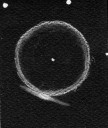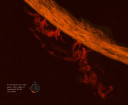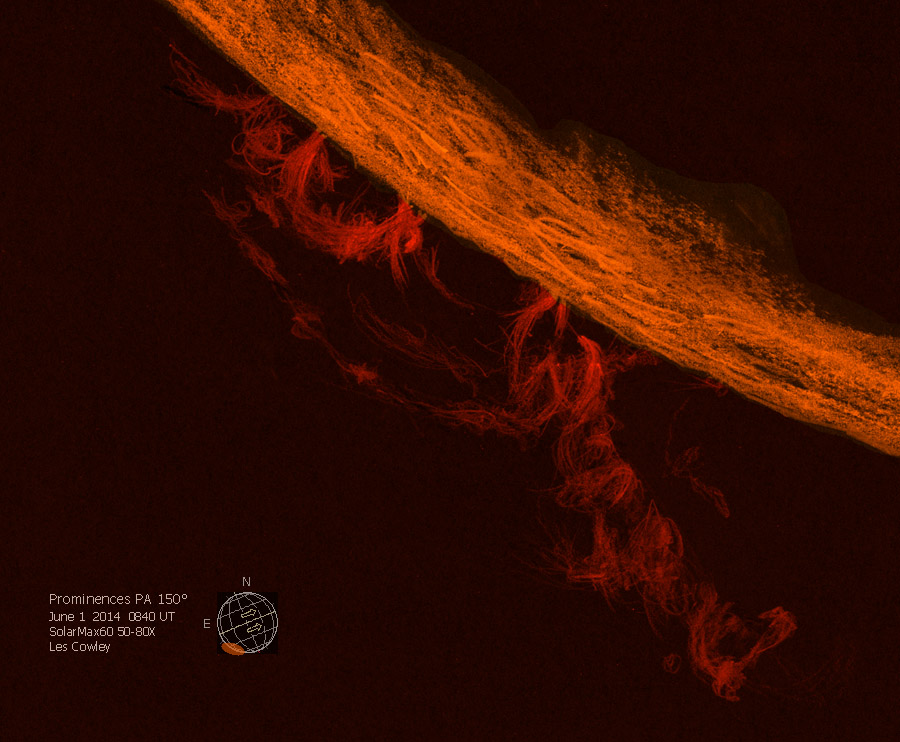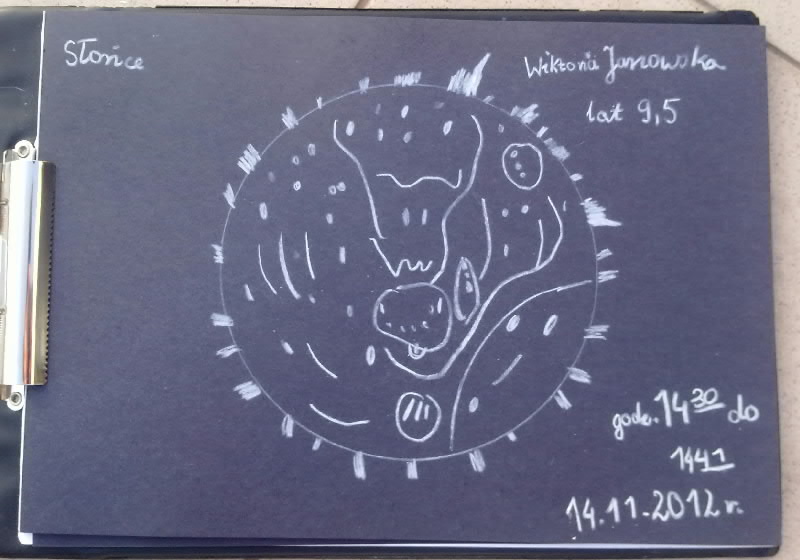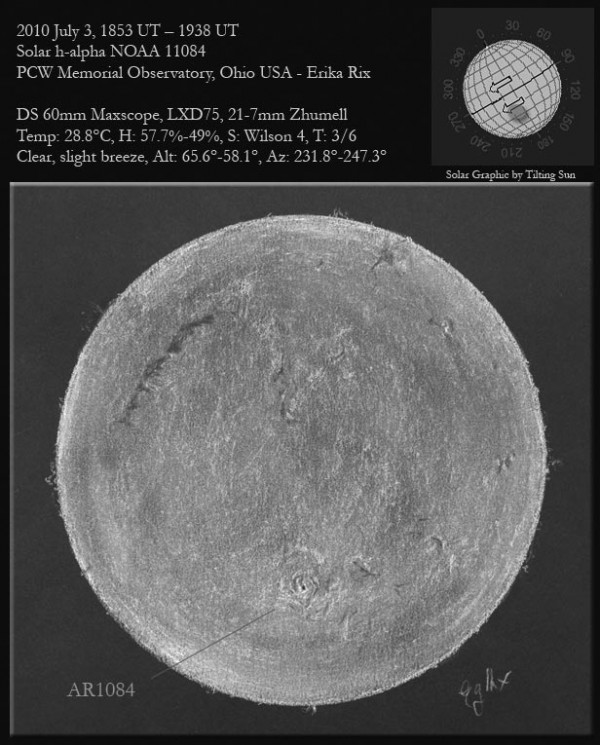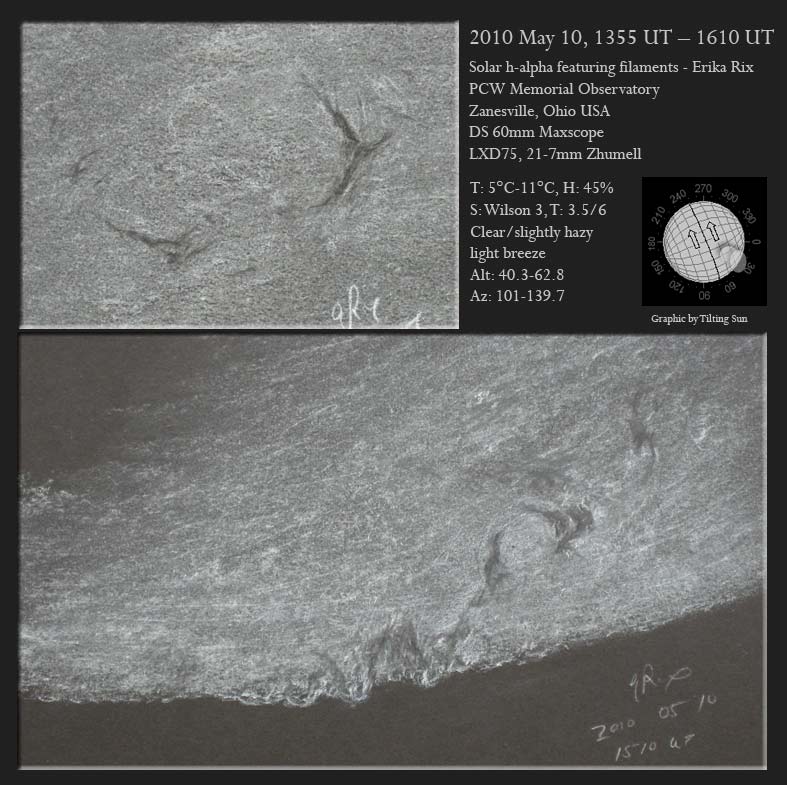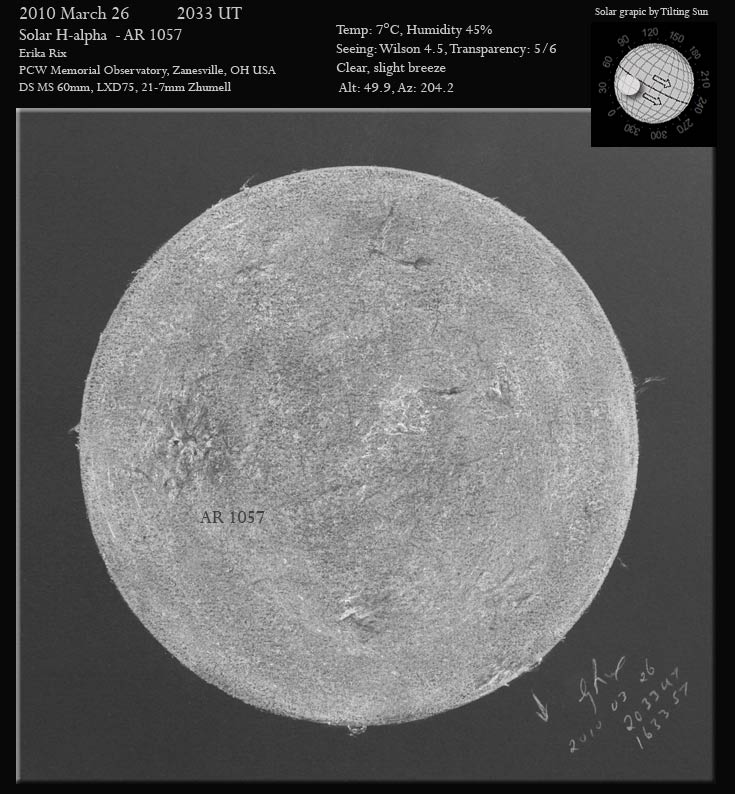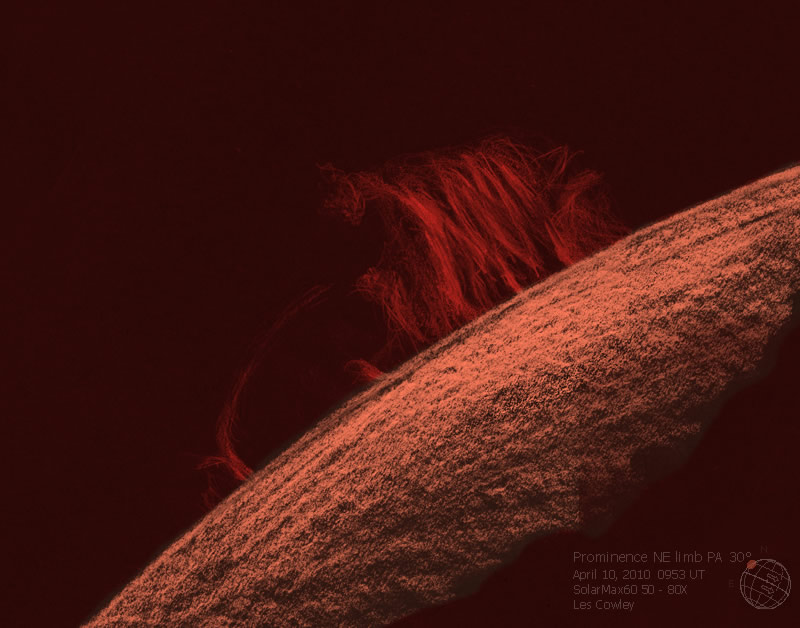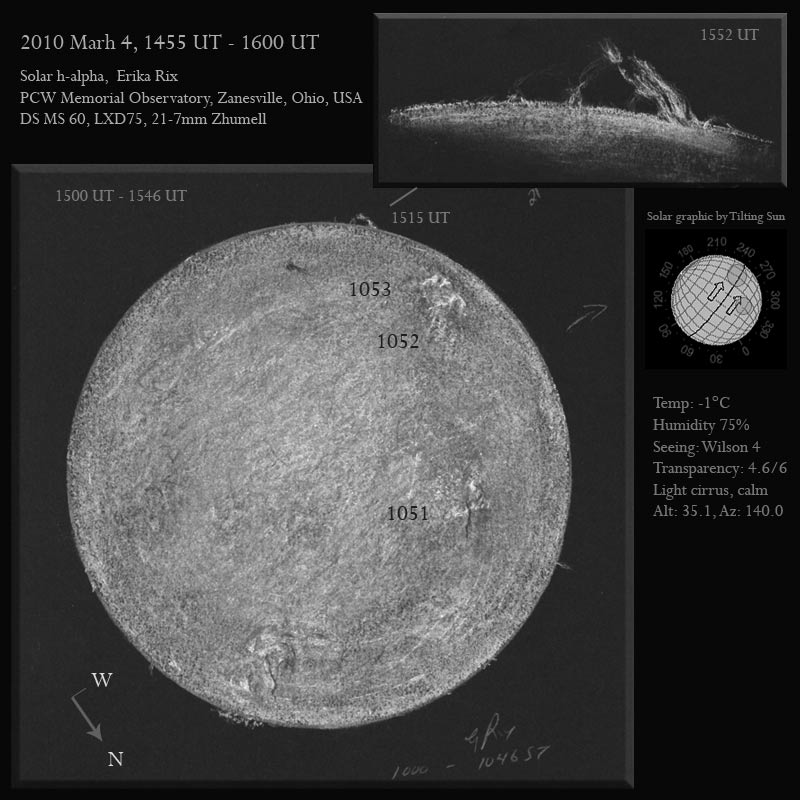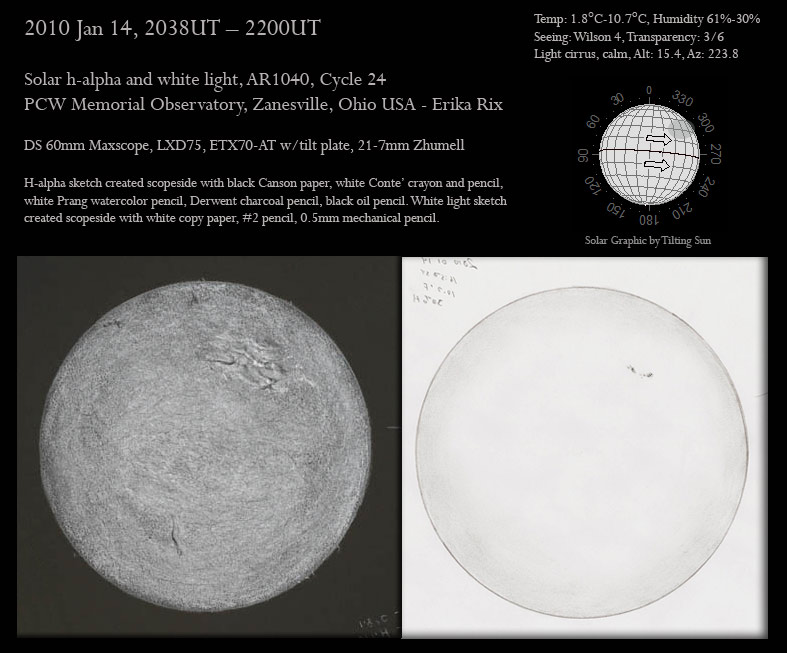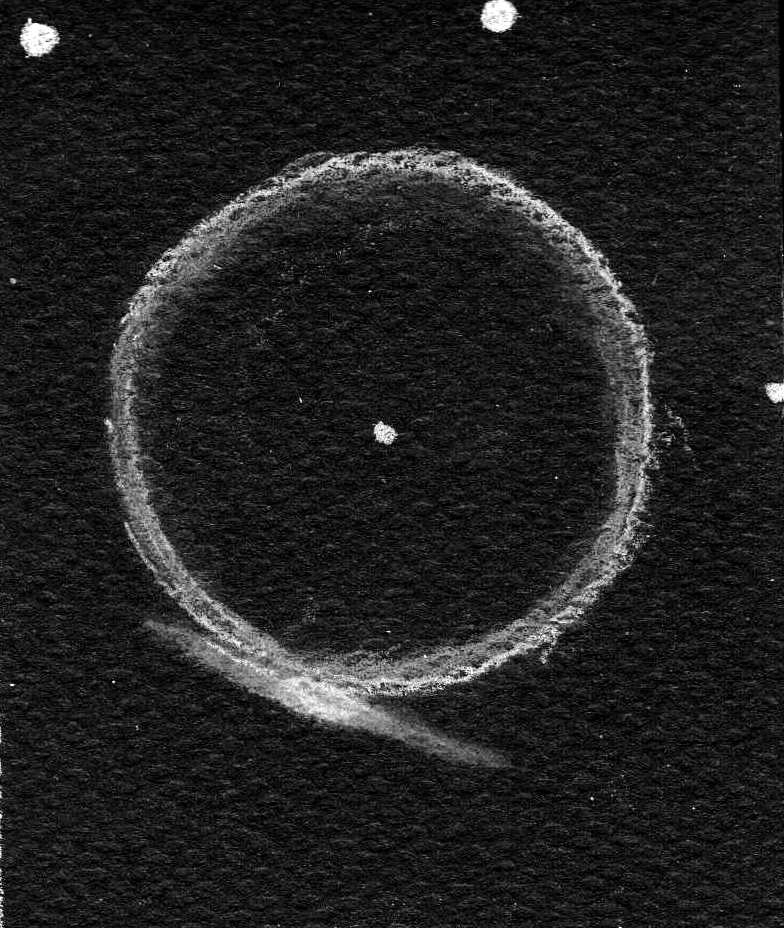
make a beautiful duo
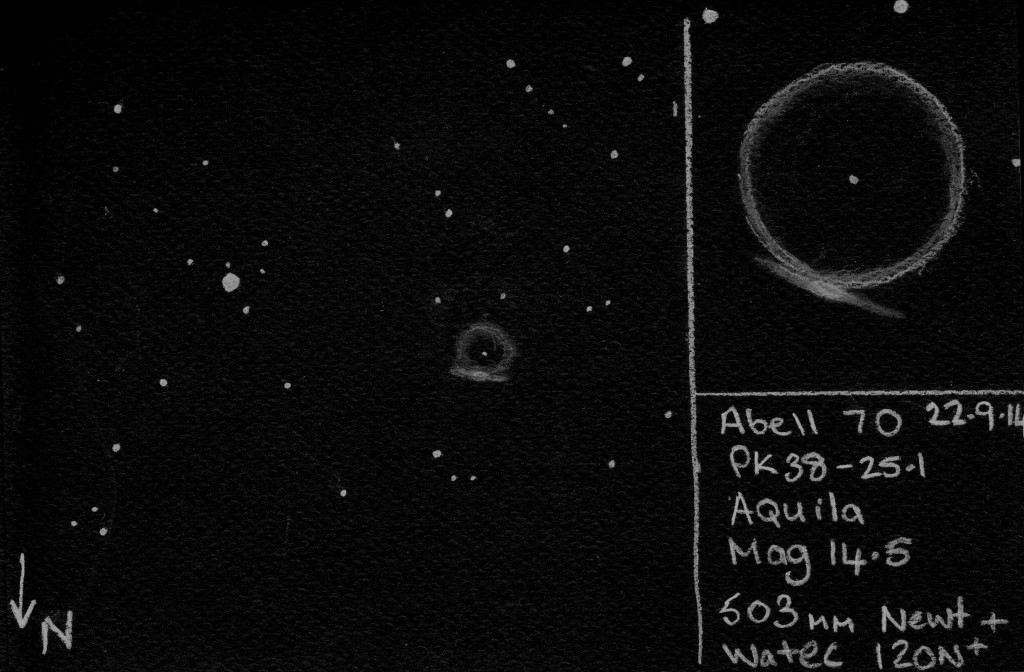
Hi All,
Not up to the quality of recent CCD images but something I certainly found pretty
exciting Abell 70 and friend in Aquila. I know that Abdrew Robertson has taken a look
after I shared this with him, so I hope that it inspires other too.
Here is my blog that accompanies the sketch:
I have been ‘told’ reminded and prompted regarding my lack
of astronomical activity this summer! I hold my hands up, guilty as charged I
cry, there are a couple of short tales from the sky that I have failed to share
here, but in general, I have been off elsewhere! Playing harmonicas, painting, and
drawing watching bands, associating with hot rodders in my truck, playing with
bee hives, building large garden structures and generally having a good time!
OK I get the message, astronomy is not for neglecting and I feel guilty so I’m back
and will make every endeavour to keep it that way.
With a stiff talking too from my friend Keith on Sunday
evening ringing in my eyes, the clear Monday evening sky forced me into the
observatory, the cob webs were incredible; it took me a while to clear the
worst of them. I set up the scope, plugged in the leads, opened the stiff roof
sections and pointed the scope skywards. It was only dusk, but I was eager to
make amends for my inactivity, I didn’t have a target in mind, so I thought
something bright, a revisit perhaps, to ease myself back into things. I flicked
through a few of the books on the shelf for inspiration, the scope was supposedly
pointing at Altair in Aquila, so something in that constellation would be good,
short hops would keep things accurate, I thought.
Nothing so far, until I looked through Kepple and Sanner,
last image for Aquila was Abell 70, no pencil tick on it so I hadn’t observed
it previously, mag 14.5 the text said hmmmm… hardly a bright object but well
with ‘scope’ excuse the pun.
OK target object decided upon, I went indoors for my evening
meal and got back into the obsy around 20.00. I got the scope aligned on Altair,
focus was out I tweaked that, so was collimation, I tweaked that, but really
another pair of hands were needed so it certainly wasn’t spot on, but it would
do! The sky was hazy, certainly not a great night. I hopped to Abell 70 aka PK
38-25.1 via a couple of brighter stars, re-syncing at each stop. Another short
slew and I turned up the camera gain and dialled in 15sec exposure and there it
was, small in the 12’ x 12’ fov, a truly round and fairly faint ring nebula,
but what was that going on along one side, it looked like an edge on galaxy,
with a core considerably brighter that the shell ring nebulosity of Abell 70. I
looked up Abell 70 on the web and sure enough there was a distant back ground
galaxy designated PMN J2033-0656 that made this observation, unusual and
special. I increased the cameras exposure to my max of 20 seconds and made a
sketch, the increased time exposure pulled out the central star, tiny but sharp
it also showed up another star close to nebula that I wasn’t able to see at 15
secs. I didn’t use the usual BAA observing form to sketch and
record rather reaching for black art paper and rendering the ghostly ring and
galaxy using white watercolour pencil and blending stump.
I was delighted at this observation after anticipating a ‘soft’ option for my return,
I was back with a bang, catching a new object with an unexpected added attraction!
Boy I have missed this observing malarkey, thanks to all who have given me stick
over not observing
Pax stellarum, Dale
Do you want to know more about my interest in astronomy? If so take a look at my Website: http://www.chippingdaleobservatory.com/
Keep up to date with observations from Chippingdale Observatory by reading the Blog http://chippingdaleobservatory.com/blog/
